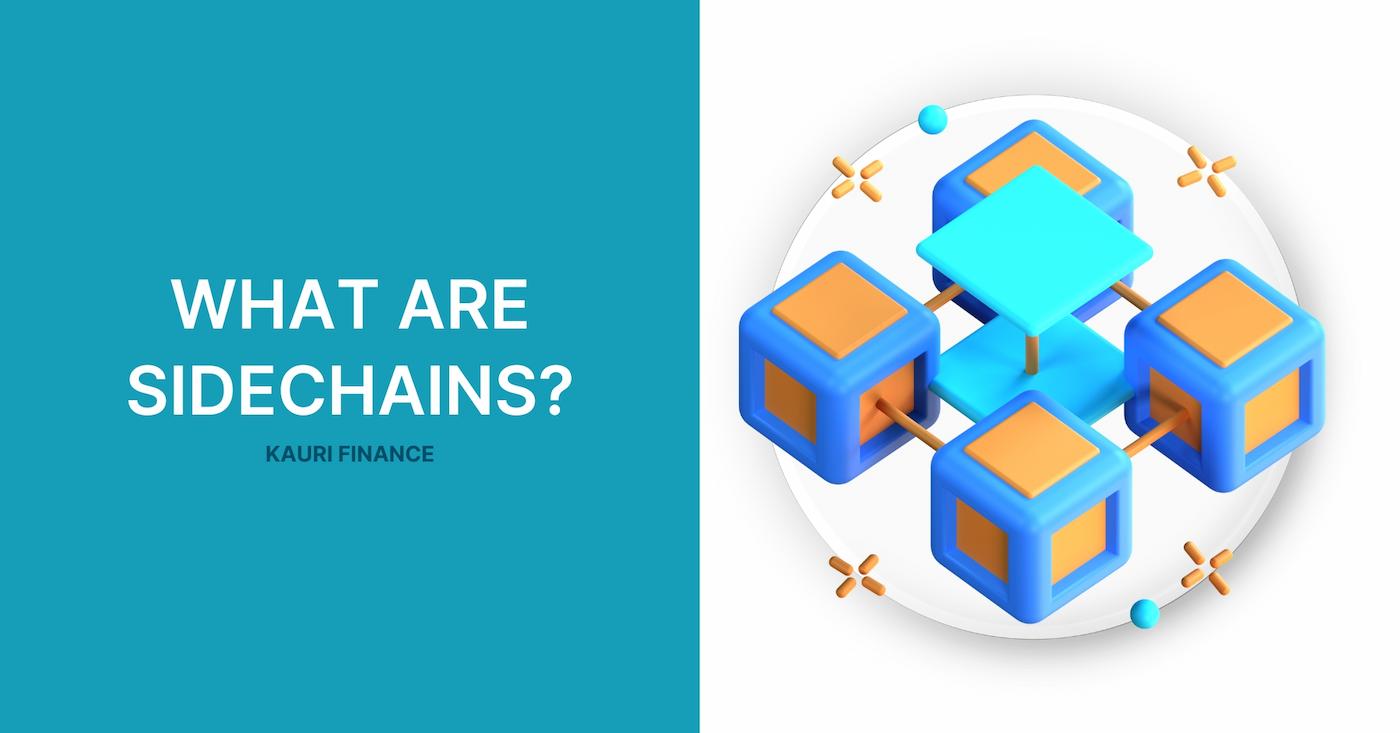
What are Sidechains?

One of the main challenges of the modern blockchain industry is scalability. This is a challenge that stands in the way of widespread adoption and efficient use of blockchain technology in various areas of life and business. Systems like Visa and PayPal process thousands of transactions per second, while most blockchains are limited to just a few transactions. This creates barriers to mass adoption and competition with traditional financial systems.
Sidechains represent one promising solution to this problem. This article delves into the concept of sidechains, how they work, and the benefits they can offer to blockchain ecosystems looking to expand their capabilities and functionality.
Understanding Sidechains
Sidechains are separate, independent blockchains that are linked to the main blockchain (mainnet) through two-way bridges. These bridges allow tokens or other digital assets to be transferred between the two blockchains, providing flexibility and enhanced capabilities without burdening the mainnet. Sidecoins can function with different levels of access, openness and control, providing a variety of applications and solutions within blockchain ecosystems.
Characteristics:
- Public vs. private: Sidechains can be either public or private. Public sidechains are open to all participants and provide a decentralized environment for transactions and application development. Private sidechains are controlled by a specific organization or group and can be used for more specific business purposes with improved privacy and access control.
- Unique tokens: Most sidechains have their own tokens that are used within that specific network to complete transactions, pay fees, or participate in governance systems
.
- Consensus Mechanisms: Sidechains can use different consensus mechanisms such as Proof of Work (PoW), Proof of Stake (PoS), or even more novel systems, depending on their specific requirements and goals. The choice of consensus mechanism affects the security, scalability and efficiency of the network.
- Security systems: It is important for sidechains to maintain a high level of security because they process and store valuable assets and data. The security of a sidechain depends on its architecture, consensus mechanism, and ability to protect the network from attacks and fraud.
Sidechains offer a flexible and scalable way to extend the capabilities of the blockchain, allowing you to experiment with new applications and solutions without jeopardizing the security and stability of the underlying network.
Advantages of Sidechains:
- Scalability: Sidechains greatly contribute to the scalability of the blockchain by shifting computational tasks and data from the core network to the auxiliary circuits. This allows the core network to process more transactions and operations without losing performance and speed. Thus, sidechains can effectively solve the problem of network congestion by distributing the load among multiple parallel chains.
- Flexibility: Sidechains offer a wide range of opportunities to introduce new features and applications without loading the main chain. Developers can experiment with innovative technologies, protocols, and governance models in separate sidechains, making it easier to test and deploy innovations. This also provides platforms for creating specialized applications and services that may require unique rules or operating conditions that are not achievable within the main chain.
As a result, sidechains not only improve the performance and scalability of blockchain systems, but also provide a flexible toolkit for developing and adapting blockchain technologies to meet a variety of needs and use cases.
Deployment and use
Sidechains find use in various crypto projects and ecosystems to run decentralized applications (DApps) and other blockchain applications. For example, sidechains can be used to create specialized gaming platforms, financial services, or NFT trading platforms, where each sidechain provides the necessary infrastructure and environment for applications to run efficiently.
Asset transfers between the main chain and sidechains are done through two-way bridges, allowing users to securely move tokens or other digital assets. This ensures smooth integration between different networks and facilitates efficient allocation of resources and tasks between chains.
Sidechains vs. other scaling solutions
Sidechains represent one of the blockchain scaling solutions, along with technologies such as Layer 2 (second layer), Plasma and state channels. While Layer 2 solutions such as Lightning Network or Optimistic Rollups aim to increase transaction throughput and reduce fees by creating an additional layer on top of the main blockchain network, sidechains offer separate parallel chains for specialized tasks.
Pros and cons:
Sidechains allow for a high degree of scalability and flexibility, but require additional infrastructure and may introduce additional security risks.
In contrast, Layer 2 solutions are typically more tightly integrated with the underlying network and can offer a simpler implementation while maintaining the centralized security of the underlying blockchain. The choice between sidechains and other scaling solutions depends on the specific requirements of the application and developers' preferences for the balance between scalability, security and centralization.
The Future of Sidechains
- Innovation: Possible future developments in sidechain technology may include improvements in security, governance, and interoperability. This could lead to even more efficient and secure mechanisms for transferring assets between different blockchains and simplify the development of decentralized applications with high performance and scalability requirements.
- Impact on the blockchain ecosystem: Sidechains could significantly change the future of blockchain scalability and functionality by providing developers with flexible tools to build scalable applications without having to sacrifice security or decentralization. This is expected to lead to new types of applications and services that can leverage the benefits of blockchain technology, opening up new opportunities for users and furthering the growth and development of the entire ecosystem.
Conclusion
Sidechains open up new opportunities for developers and users to build and use decentralized applications while maintaining a high degree of security and decentralization. They offer an efficient way to extend functionality without overloading the underlying blockchain, which is key to the development of the entire blockchain ecosystem.
We at Kauri Finance are here to support you on this journey by providing the resources, knowledge and tools you need to work with sidechains. Join us in shaping the future of blockchain technology together.
